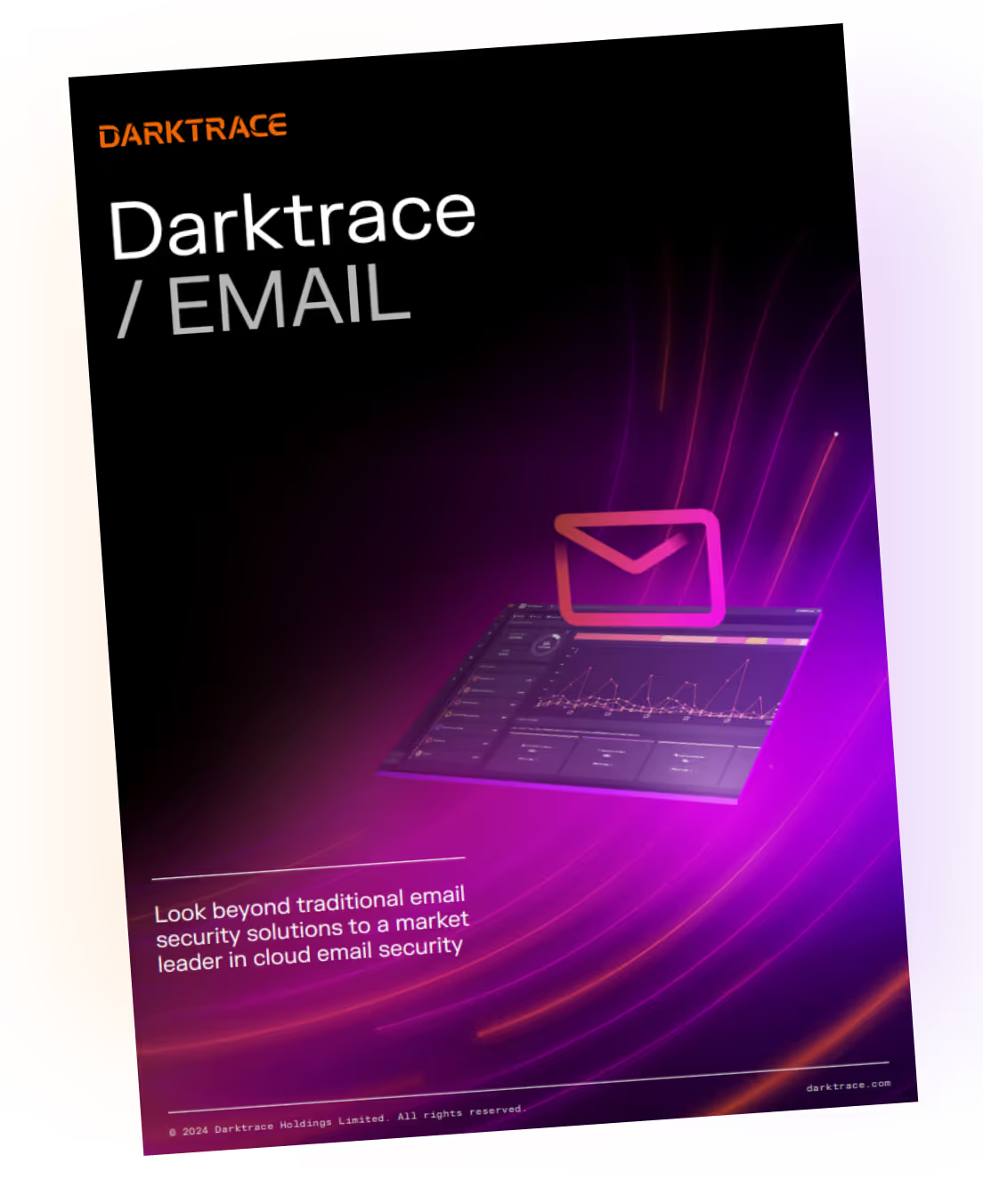Note: For privacy reasons, actual surnames and email addresses observed in these incidents below have been replaced with fictitious placeholder names, using the common Spanish names “Fulano” and “Mengano”.
Naming conventions
Modeling names and their variants of members of an organization is a critical component to properly detect if those same names and variants are being spoofed by malicious actors. For many predominantly English-speaking organizations, these variants can largely be captured by variants of a person’s given name (e.g. James-Jimmy-Jim) and a consistent, singular surname or family name (e.g. Smith). Naming conventions, however, are far from universal. This piece will review how Darktrace / EMAIL manages the common naming conventions of much of the Spanish-speaking world, and can use its modeling to create high-fidelity detections of multiple types of spoofing attempts.
A brief summary of the common convention across Spain and much of Spanish-speaking America: most people are given one or two given names (e.g. Roberto, Juan, María, Natalia), and their surnames are the first surname of their father, followed by the first surname of their mother. While there are various exceptions to this norm, the below graphic Wikipedia [1][2] highlights the general rule.

Detection of improper name usage
Implicit in the above comment that shortening to one surname follows the convention of using the first surname, shortening to the second surname is often a tell-tale sign of someone unfamiliar with the person or their broader culture. This can be a useful corroborating feature in detecting a spoof attempt – analogous to a spelling error.
In the case of a Spanish customer, this misuse of name shortening contributed to the detection of a spoof attempt trying to solicit a response by impersonating an internal user forwarding information about ‘Data Protection’.

While the limited communication history from the sender and the nature of the text content already marks the mail as suspicious, Darktrace / EMAIL notes the personal name used in the email is similar to a high-value user (‘whale’ to use the terminology of spearphishing). The additional context provided by the detection of the attempted spoof prompted more severe actioning of this email, leading to a ‘Hold’ action instead of a less-severe ‘Unspoof’ action via a banner on the email.

Malicious email properly using both surnames
Misusing the name-shortening convention is not the only way that Darktrace / EMAIL can detect spoofing attempts. In the case of another Spanish customer, Darktrace observed a whale impersonation being sent to 230 users with solicitation content, but no links or attachments. Although the name was modeled internally in the “Surname, Given-name” format, Darktrace identified the spoofing attempt targeting a high-value user and took action, blocking the series of emails from reaching end-user inboxes to prevent unsuspecting users from responding.

In Summary: A case of onomastics gymnastics
The variety in valid usage of human language can be a barrier to evaluating when a given text is benign or malicious. Despite this, Darktrace / EMAIL is designed to manage this variety, as exemplified by the detections of two spoofing attempts seen against organizations using the distinct Spanish-speaking world’s common naming convention. The scope of this design as seen in this onomastic context, extends to a wide range of detections surrounding emails and their behavioral anomalies.
Credit to Roberto Romeu (Principal Cyber Analyst), Justin Torres (Senior Cyber Analyst) and Natalia Sánchez Rocafort (Senior Analyst Consultant).

Secure Your Inbox with Cutting-Edge AI Email Protection
Discover the most advanced cloud-native AI email security solution to protect your domain and brand while preventing phishing, novel social engineering, business email compromise, account takeover, and data loss.
- Gain up to 13 days of earlier threat detection and maximize ROI on your current email security
- Experience 20-25% more threat blocking power with Darktrace / EMAIL
- Stop the 58% of threats bypassing traditional email security
References
[1] https://en.wikipedia.org/wiki/Naming_customs_of_Hispanic_America






























.jpg)


.jpg)







